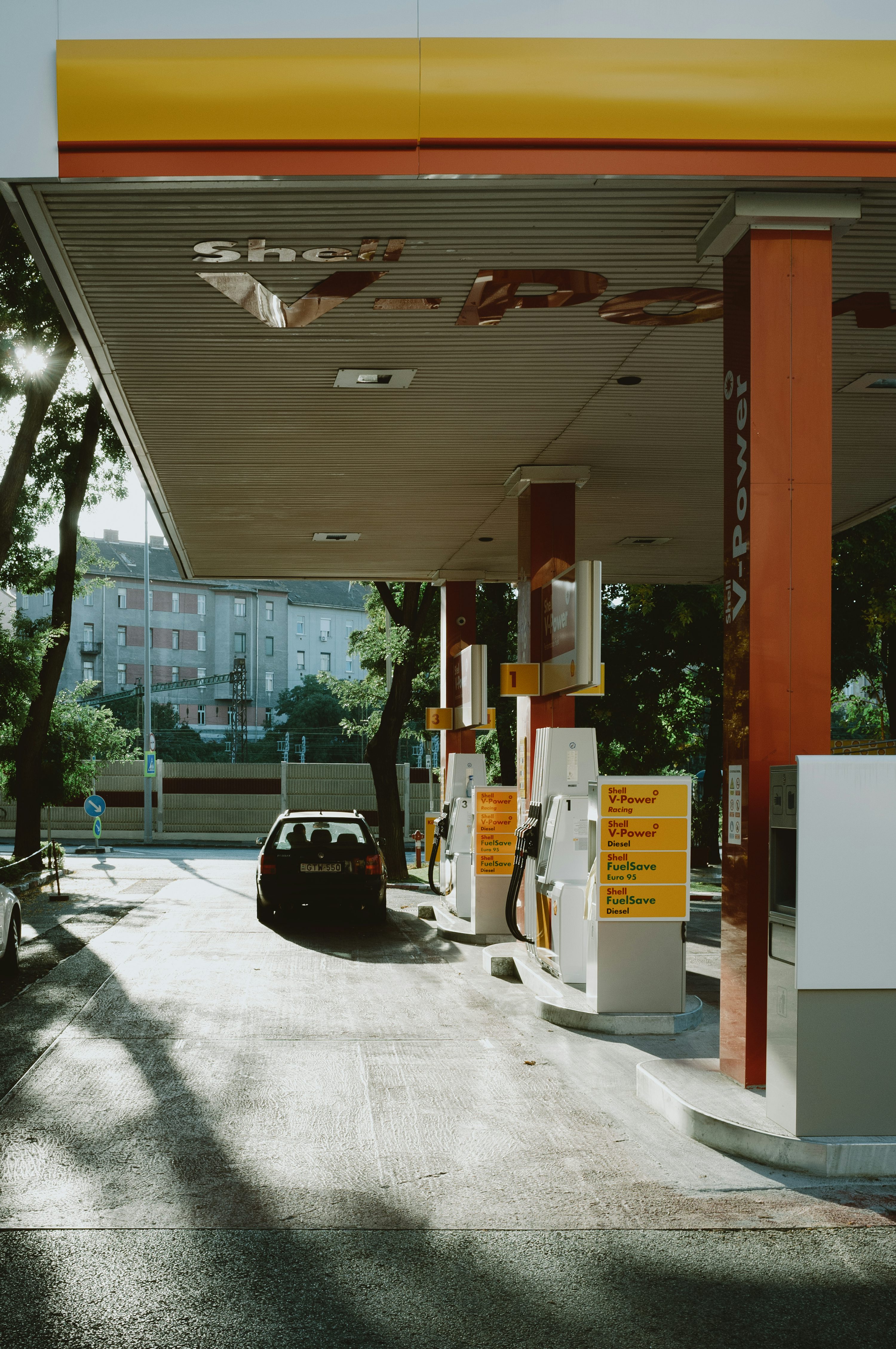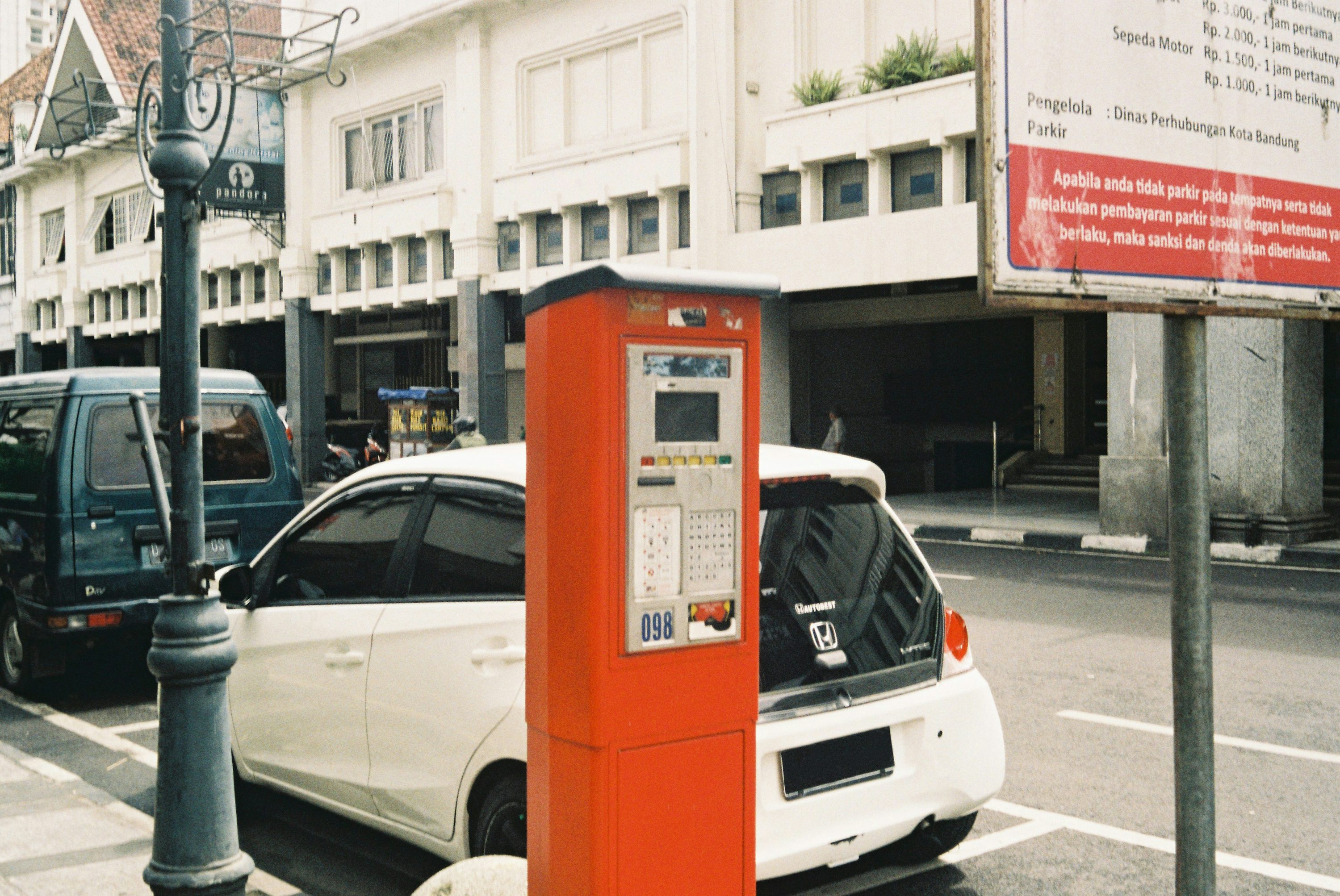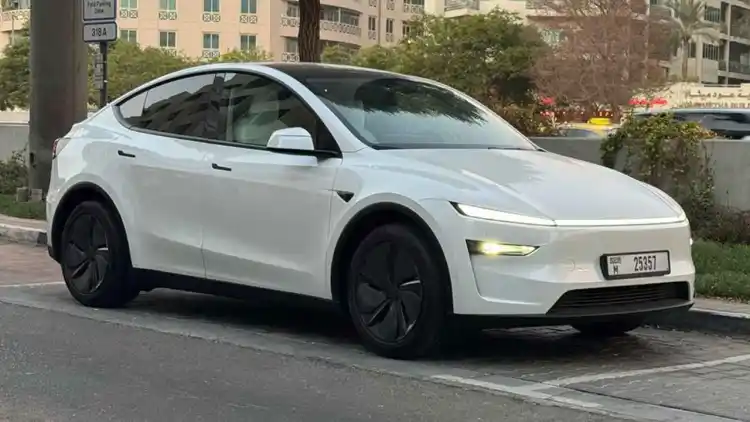- How to Choose the Right Petrol
- Common Fuel Mistakes to Avoid
- FAQ
Driving in the UAE? Knowing your car's fuel needs is key for a smooth ride. This quick guide helps you understand the different types of petrol at every petrol station, so you can pick the right one easily and keep your car happy.
3 Main Fuel Options at UAE Stations
When you pull into any petrol station in the UAE, you'll generally find three main types of fuel. Each one has a different octane rating, which is a number that tells you how well the fuel resists engine knocking. Choosing the right one is all about your car's design.
1. Super 98 (Premium Unleaded)
Highest Octane: This fuel boasts the highest octane rating at 98 RON (Research Octane Number).
For Performance Cars: Super 98 is primarily designed for high-performance vehicles, luxury cars, and sports cars. These cars often have advanced engines that need higher octane fuel to run at their peak and prevent harsh knocking sounds.
Engine Protection: Using Super 98 helps reduce engine knocking, which can be harmful to sophisticated engines. This ensures your powerful engine runs smoother and stays healthier in the long run.
Availability & Cost: You can find Super 98 at all petrol stations across the UAE. It's typically the most expensive option among the three.
2. Special 95 (Regular Unleaded)
Standard Choice: Special 95 has a standard octane rating of 95 RON. This makes it the most common and widely used type of petrol in the UAE.
Fits Most Cars: It's the perfect fit for the vast majority of cars you see on the road every day, including family sedans, SUVs, and common compact cars. Around 80% of daily-use vehicles are designed to run best on Special 95.
Balanced Option: This fuel offers a great balance between performance, fuel efficiency, and cost. For many car manufacturers, Special 95 is the recommended fuel for their standard models, ensuring optimal vehicle compatibility.
Easy Access: Like Super 98, Special 95 is available at every petrol station and usually falls into the mid-range for fuel prices.
3. E-Plus 91 (Economy Fuel)
Basic Octane: E-Plus 91 has the lowest octane rating at 91 RON.
Select Vehicles Only: This fuel is specifically for older car models (often those made before 2005) or certain basic, modern compact cars that are designed to use lower octane fuel. It's crucial to check your car's owner's manual before choosing E-Plus 91.
Potential Issues: If your car is designed for higher octane fuel, using E-Plus 91 can lead to various problems over time. This might include reduced engine performance, lower fuel efficiency, or even engine damage.
Most Affordable: E-Plus 91 is the most budget-friendly option at the pump.
How to Choose the Right Petrol
Picking the correct fuel for your car is super important. It affects your car's performance, how long it lasts, and even your wallet. Here are the simplest ways to figure out what your car needs.
Check Your Fuel Cap
This is often the quickest and easiest way to identify your car's required octane rating. Simply open your car's fuel door. More often than not, you’ll find a sticker or a stamp right there. This sticker will clearly state the recommended octane level.
Look for clear symbols and numbers like:
⚡ 98 (for Super 98)
⚡ 95 (for Special 95)
⚡ 91 (for E-Plus 91)
This small sticker is your most direct guide for ensuring perfect vehicle compatibility.
Understand Octane Basics
Octane rating isn't about the fuel's power. Instead, it tells you how much the fuel can resist "knocking" or "pinging" inside your engine during combustion. Higher octane fuels are more stable and resistant to early ignition. Your car's engine is built to work with a specific octane level. Using the right one makes sure your engine runs its best, uses fuel efficiently, and stays healthy for a long time.
Here’s a quick breakdown to help you understand which fuel might be for which type of engine, along with the general fuel prices:
Octane Level | Engine Type | Why it's Used | Average Price Range* (AED/SAR) |
|---|---|---|---|
98 RON | Turbocharged, high-performance, luxury cars | Prevents engine knocking in high-compression engines, ensuring maximum performance and fuel efficiency for these specific vehicles. | Higher tier (approx. 3.00 AED / 3.00 SAR per liter) |
95 RON | Standard engines, most modern cars, everyday vehicles | The ideal choice for the majority of cars. It offers good performance and fuel efficiency without requiring a premium fuel. | Mid-range (approx. 2.80 AED / 2.80 SAR per liter) |
91 RON | Older models, some basic compact cars | Suitable for engines with lower compression ratios. Using this if your car needs higher octane can lead to notable problems. | Most affordable (approx. 2.60 AED / 2.60 SAR per liter) |
*Remember, fuel prices can vary slightly between different petrol stations and emirates. Always check the pump for the most current price when you are filling up.
Common Fuel Mistakes to Avoid
Filling your car with fuel seems simple, but there are a few common mistakes people make. Avoiding these can save you money, improve your car's fuel efficiency, and keep your engine in better shape.
1. Premium Fuel ≠ Better Performance (for all cars!)
Many drivers believe that putting the highest octane rating fuel, like Super 98, into a car that only needs Special 95 will somehow make it faster or clean its engine. This is a common misconception. Your car's engine is specifically tuned for a certain octane rating. If your car is designed for 95 RON fuel, putting 98 RON in it won't give you any extra power, better fuel efficiency, or a cleaner engine. You're simply spending more money at the petrol station for no benefit. Use the fuel recommended in your manual for optimal vehicle compatibility.
2. Mixing Fuel Grades
While an occasional mix-up (like adding a small amount of 91 to a tankUAE TankKSA TankKuwait TankQatar TankOman TankBahrain TankEgypt Tank of 95) might not cause immediate damage, regularly mixing different octane rating fuels is not recommended. Your car's engine management system is calibrated to a specific fuel type. Constantly switching or mixing grades can confuse the system, potentially leading to inconsistent performance and even reduced fuel efficiency over time. It's always best to stick to the recommended type of petrol. If you accidentally put a large amount of the wrong fuel, it's wise to consult a mechanic.
3. Ignoring Dashboard Alerts
Modern vehicles are equipped with sophisticated sensors that monitor various engine and fuel system parameters. If your "Check Engine" light illuminates, or if you receive other fuel-related warnings on your dashboard, do not ignore them. These alerts are critical indicators that something is amiss, whether it's related to your fuel quality, the fuel system, or other engine components affecting fuel efficiency. Acting promptly on these warnings by visiting a service center can prevent minor issues from becoming major, costly repairs.
FAQ
Here are some common questions drivers have about fuel in the UAE.
Q:Can I switch between fuel types?
A:Yes, in most situations, occasionally switching fuel types is harmless. For instance, if your vehicle normally takes Special 95 but you accidentally put in Super 98, it's generally safe and won't cause immediate issues. However, consistently using a lower octane rating than what your car requires (such as E-Plus 91 when Special 95 is needed) can lead to long-term problems. This might include engine knocking, reduced power, or decreased fuel efficiency. Always aim to fill up with the fuel type that offers the best vehicle compatibility for your car.
Q:Does higher octane improve mileage?
A:No, for the vast majority of cars, a higher octane rating will not improve your fuel efficiency or give you better mileage. High-octane fuel only benefits engines specifically designed to take advantage of it, typically high-performance or turbocharged engines. For your average car, using a higher octane than what's specified in your owner's manual just means you're spending more money at the petrol stations for no measurable gain in how far you can drive on a tank.
Q:How do I know my car's required fuel?
A:The best and most reliable place to find out your car's required fuel type is its owner's manual. This comprehensive guide provides all the specific details for your model, including the recommended octane rating. You can also check the inside of your fuel door; there's usually a sticker or stamp indicating the correct fuel type. For many newer models, this information might also be displayed on the digital dashboard or infotainment screen, often near fuel economy or trip details.
Read More:
2025 Toyota Raize Turbo Engine:Guide to Next-Gen Driving
Elantra 2012 Fuel Consumption:2025's Smart Guide
2025 Nissan Xterra vs Toyota Fortuner:Guide for Adventure Seekers













